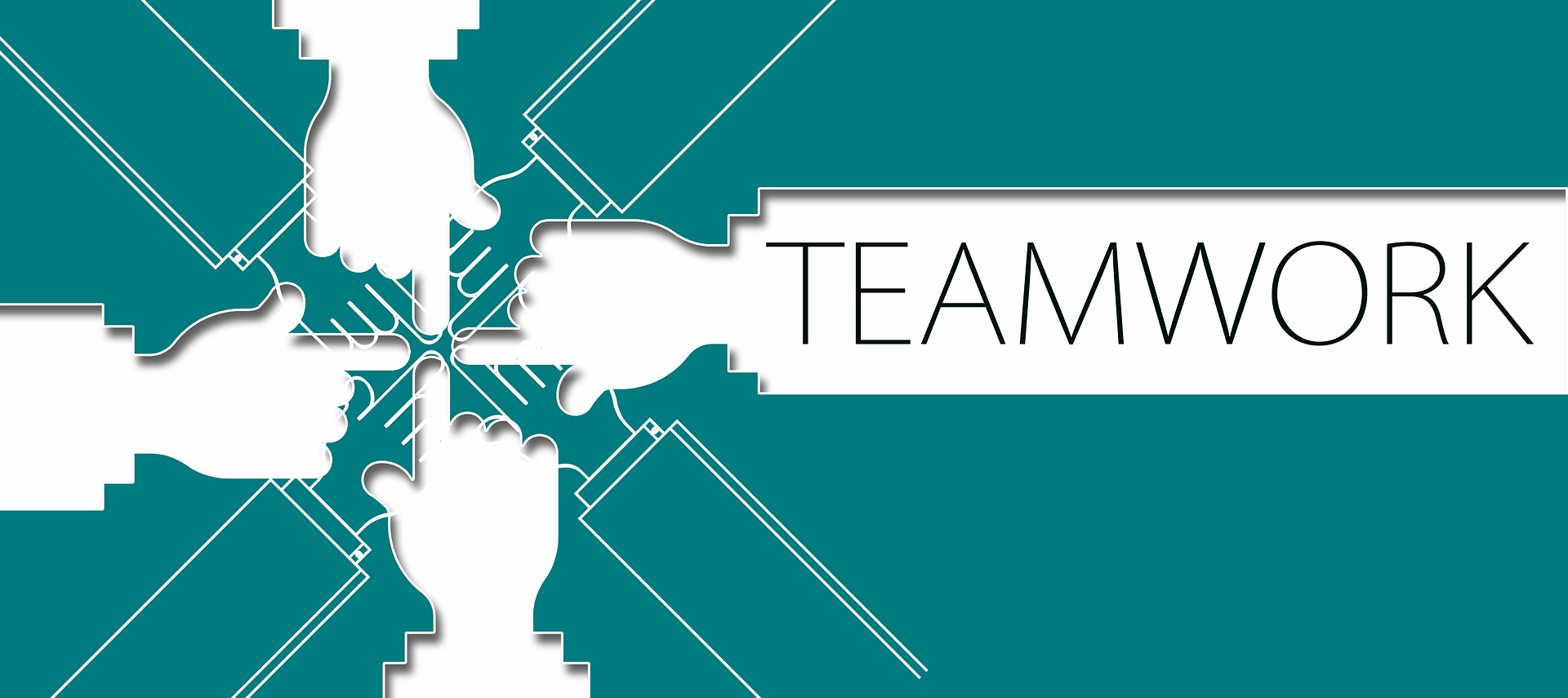- Mission and Vision: A clear mission and vision provide the foundation for a successful business strategy. The mission statement describes the company’s purpose and values, while the vision statement outlines the company’s aspirations and goals.
- Goals and Objectives: A business strategy should include specific, measurable, achievable, relevant, and time-bound goals and objectives. These goals and objectives should align with the company’s mission and vision.
- Market Analysis: Understanding the market is essential for developing a successful business strategy. This includes analyzing the competition, identifying market trends, and determining customer needs and preferences.
- Target Audience: A business strategy should clearly define the target audience for the company’s products or services. This includes identifying the demographics, psychographics, and behaviors of the target audience.
- Value Proposition: The value proposition is the unique benefit that the company’s products or services offer to the target audience. A business strategy should clearly articulate the company’s value proposition and differentiate it from the competition.
- Competitive Advantage: A business strategy should identify the company’s competitive advantage, or what sets it apart from the competition. This could be based on price, quality, innovation, or other factors.
- Marketing and Sales Plan: A business strategy should include a comprehensive marketing and sales plan that outlines how the company will reach and engage its target audience, as well as how it will convert leads into customers.
- Operational Plan: An operational plan outlines how the company will execute its strategy, including its organizational structure, staffing requirements, processes and procedures, and technology needs.
- Financial Plan: A financial plan outlines the company’s projected revenue, expenses, and profitability. This includes developing a budget, forecasting revenue and expenses, and identifying potential sources of funding.
Purpose and Structure of HR
The purpose of a human resource (HR) department is to manage the workforce of an organization. This involves recruiting, hiring, training, developing, and retaining employees, as well as administering employee benefits, compensation, and performance evaluations. The HR department is responsible for ensuring that the organization complies with labor laws and regulations, and that the workplace is safe, healthy, and respectful.
The structure of an HR department can vary depending on the size and complexity of the organization. In general, an HR department should have a clear reporting structure and be organized around specific functions or areas of responsibility. Common HR functions include:
- Recruitment and Selection: This function involves identifying staffing needs, sourcing and screening candidates, conducting interviews and reference checks, and extending job offers.
- Training and Development: This function involves providing orientation, onboarding, and ongoing training and development opportunities to employees.
- Employee Relations: This function involves handling employee grievances and conflicts, administering disciplinary actions, and ensuring that the workplace is free from discrimination, harassment, and other forms of misconduct.
- Compensation and Benefits: This function involves developing and administering compensation and benefits programs, including salaries, bonuses, health insurance, retirement plans, and other perks.
- Performance Management: This function involves setting performance goals and expectations, conducting performance evaluations, and providing feedback and coaching to employees.
- Compliance: This function involves ensuring that the organization complies with labor laws and regulations, such as those related to minimum wage, overtime pay, family and medical leave, and workplace safety.
In terms of structure, an HR department may be centralized, with all HR functions located in one department, or decentralized, with HR functions dispersed across different departments or business units. It may also be outsourced, with some or all HR functions managed by an external vendor. The optimal structure for an HR department will depend on the organization’s size, culture, and strategic goals.

